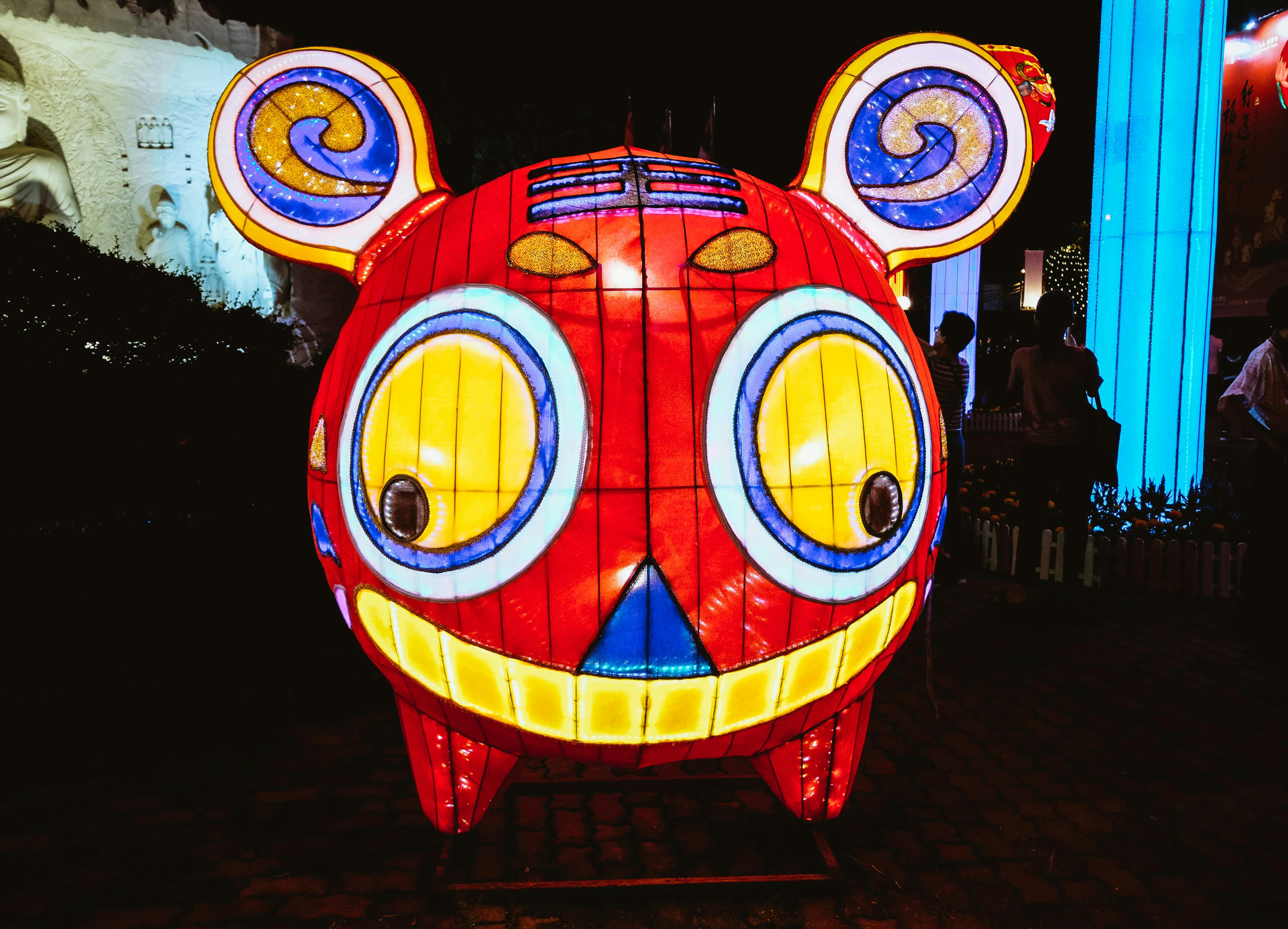
Stained Glass and Clyde Barrow
One fall night in 1967, some friends and I, sophomores at North Texas State University, moved to the Campus Theater in the courthouse in Denton, Texas, to see the new Hollywood movie ‘Bonnie and Clyde.’ . That minor but highly popular play had its world premiere there a few days earlier, having been filmed in small towns around Denton and Dallas counties, where many of the buildings that house the original Bonnie and Clyde-robbed banks are still in existence. foot. The movie itself was a pretty slim vintage fashion show, and neither Warren Beatty nor Faye Dunaway were especially compelling as 1930s desperate Clyde Barrow and Bonnie Parker. The glamor of the film and the romanticization of Barrow and Parker’s outlaw customs somewhat supplemented the rebellious notions of the “hippie” counterculture in vogue among many bourgeois American college students of the late 1960s.
The following weekend, while visiting my parents in Dallas, I mentioned going to see ‘Bonnie and Clyde’. My mother replied, “He used to bounce me on his knee.” “Actually ?!” I reacted. She nodded and smiled to herself. A few years later, one thing led to another and another, I got to the bottom of that rather unexpected addition to my initial experience of the notorious local couple.
Sometime during the 1980s, I discovered, after an entertaining little investigation at the Dallas Public Library, that the true history of the Barrow gang is, as is often the case, much more interesting and complex than popular myth. one-dimensional. . To be sure, the sociological backgrounds of the real story are properly regarded as important history. In the 1990s I came across a fascinating and well-crafted little book entitled “Running with Bonnie and Clyde: The Fast Ten Years of Ralph Fults” by John Neal Phillips. A chapter in this electric account of the incredibly violent experiences of various members of Barrow’s Lake Dallas Gang tells of Barrow after being released from one of his stints in prison. Having decided to try to go more or less straight ahead, he set out to find employment, hitchhiking and traveling by bus from Texas to Massachusetts. But his track record and timing – this was during the Great Depression, when jobs were scarce – left him without prospects and he wistfully returned to Dallas.
A few years ago, during one of my visits to the owner of Molloy Glass and Mirror, a small store on Floyd Street in Dallas, and one of the oldest businesses still in operation in Dallas, I was surprised to learn from him that for many During For years, Dallas had been a hotbed of art glass manufacturing for churches, commercial buildings, and homes. He looked up a Dallas phone directory of about nineteen teenagers and showed me that the company with the most listings in the directory was Dallas Art Glass Company, with about 100 employees.
During the Great Depression, at least two art glass shops in addition to Molloy were located on Floyd Street and the adjacent Swiss Avenue. One was the United Glass and Mirror Company. After Clyde Barrow returned from the north, he was hired by that company as a delivery driver. Apparently he was well liked. He would go up to Molloy and hang out with the employees there, I was told. But at the time in Dallas, cases of criminal mischief would have local police round up the usual suspects. The fact that Clyde was in that category meant patrol cars on the street in front of United Glass and Mirror. After a few episodes of the resulting negative publicity, United decided to let Barrow go. That was the last time Barrow, frustrated and with little confusion, thought of a legitimate job.
Dallas art glass companies employed a number of immigrant artisans, most of whom were Czech or German. After my maternal grandfather immigrated to the United States from Prague, Czechoslovakia in 1913, he worked in various stained glass windows in Texas until he was able to pursue his own studio full time later. His first wife died in the early 1930s, leaving two young children. It would not have been unusual for those children to have been at their father’s workplaces, two of which were United Glass and Mirror and Molloy Glass and Mirror, where they would likely have come into contact with the future. The desperate, hardened and wanted killer Clyde Barrow.
The current international cosmopolitan and postmodern crossroads known as Dallas, Texas, has kept a bit of its old city. One comes across familiar places, often unaltered from the past, in older parts of the city. The building that was once the gas station / cafeteria that Barrow’s father, with whom Barrow was very close, built in front of the small log house he had built earlier, is located on Singleton Avenue in the West Dallas area. The small duplex in front of which Barrow shot and fatally wounded a sheriff’s deputy is still nearby on North Winnetka Avenue. The house that Bonnie Parker lived in with her mother is on Douglass Street, south of Wycliff Avenue, near Maple Avenue. And the building that housed a café where Parker was a popular waitress before meeting Barrow now houses a grind shop, near the Baylor Hospital complex in Old East Dallas, a few blocks from those art glass shops on Floyd Street and Swiss Avenue, and a nice easy bike ride from the chair where I sit writing.
I regularly pass by the buildings associated with Clyde Barrow and Bonnie Parker, much like the buildings in the Dallas neighborhoods where I spent my childhood. It is not difficult for me to imagine the affable future, fierce outlaw, in his honest worker clothes, throwing my mother, then a very small girl, on her knees, leaving her, strangely, with a pleasant memory.